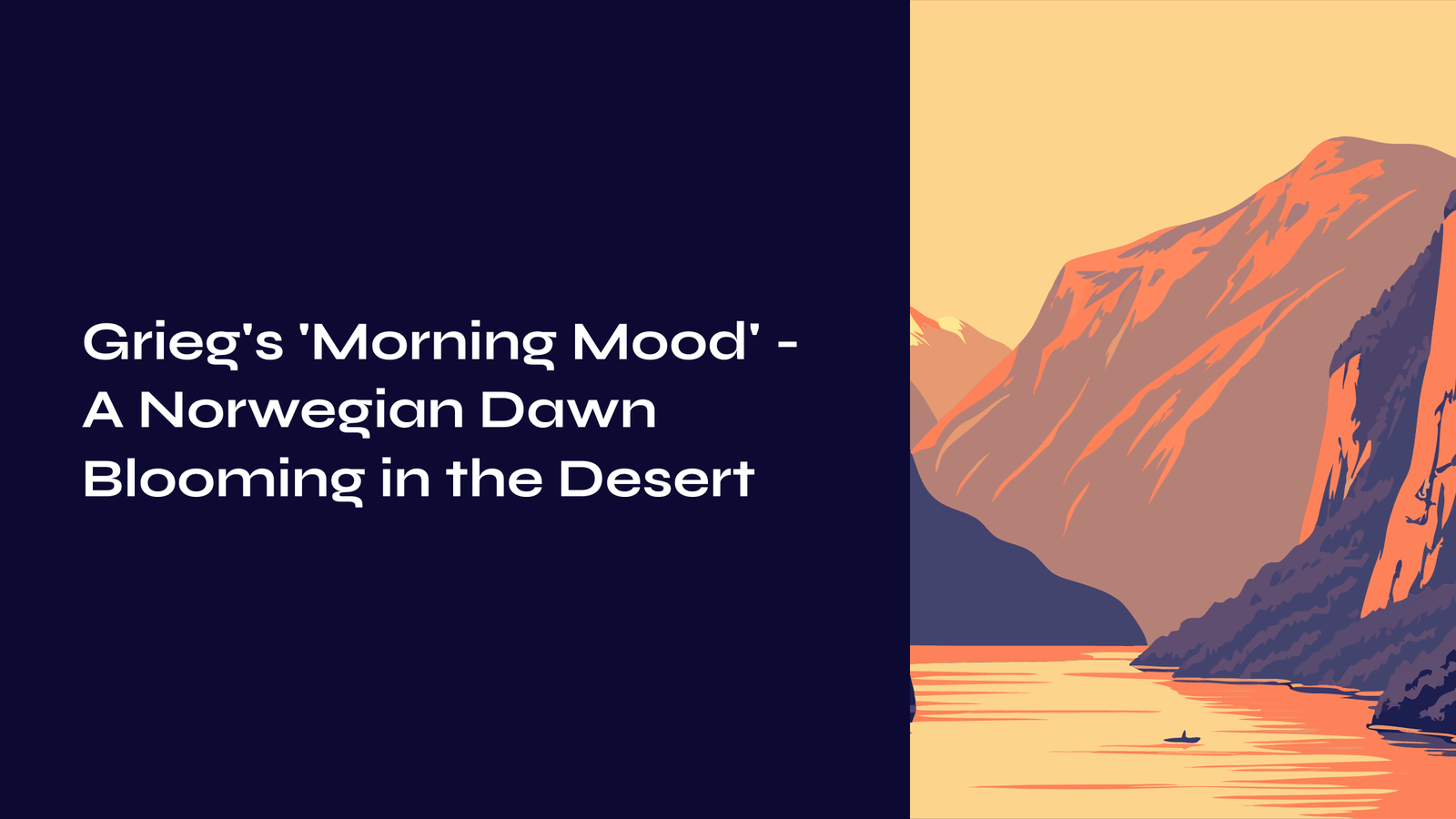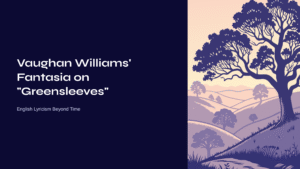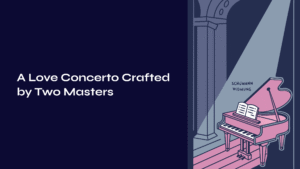Table of Contents

When Dawn Awakens Music, Music Awakens Time
Some mornings are special. Those moments when you open your eyes and the world feels different, transformed somehow. The first time I heard Grieg’s “Morning Mood” was exactly like that. The moment the flute’s opening note cut through the air, it felt as though someone was quietly drawing back curtains, inviting the first light of dawn into the room.
This piece is wonderfully mysterious. Originally composed to depict a desert sunrise, yet when you listen, somehow the quiet morning of a Norwegian fjord comes to mind instead. Perhaps this is the mystical power of music—how one composer’s inner landscape can paint a desert on the other side of the world, yet ultimately carry us back to the forests and lakes of his homeland.

A Composer’s Fateful Encounter
In 1875, Edvard Grieg received a special proposal from Henrik Ibsen, Norway’s national playwright. Ibsen wanted him to compose incidental music for his drama *Peer Gynt*. Grieg was then a 32-year-old composer in the midst of exploring Norwegian folk music’s identity and seeking his own artistic voice.
Ibsen’s *Peer Gynt* tells the story of a wandering young man’s adventures. The protagonist leaves his homeland, roaming through Africa and the Middle East, losing himself between fantasy and reality. Grieg had to breathe musical life into this dramatic narrative.
“Morning Mood” appears in Act IV, Scene 4. It’s the scene where Peer Gynt, stranded alone in the Moroccan desert, greets the dawn. Grieg painted in music the first rays of sunlight filtering through acacia and palm trees. Yet somehow, his music resembles the dawn of his native Bergen more than any desert sunrise.

Moments of Dawn Painted in Sound
First Movement: Quiet Awakening
Beginning in E major with a 6/8 time signature, this piece carries the marking “Allegretto pastorale”—to be played with a pastoral, peaceful feeling. The flute speaks first. A simple yet beautiful melody built on the pentatonic scale spreads softly like morning mist.
This melody is truly special. Rather than the complex harmonies of Western art music, it carries the simple beauty found in Eastern traditional music or folk songs. This likely stems from Grieg’s deep study of Norwegian folk music. Listening to it feels familiar, like a lullaby your mother sang in childhood.
Second Movement: Dialogue of Light
Soon the oboe takes up this melody. The conversation between flute and oboe resembles a quiet greeting between starlight and sunlight in the dawn sky. One is night’s final whisper, the other is the new day’s first hello.
The gentle harmonies provided by the strings capture the very moisture of dawn air. Whenever I hear this passage, I want to open a window. I actually want to breathe in that dawn air myself.
Third Movement: The Sun’s Entrance
In the middle section, the first forte appears. While other pieces might save their climax for much later, Grieg brings the sun on stage early. This moment is the piece’s very heart—the first rays of the sun rising over the horizon, painted in music.
The moment when all instruments sing together is breathtakingly beautiful. It’s as if the entire world is simultaneously bathed in golden light. But Grieg doesn’t stop here. After this shining moment, he guides us back into a world of quiet contemplation.
Fourth Movement: Quiet Completion
In the final section, the music returns to its initial quietude. But now that silence carries a completely different meaning. Not the silence of darkness, but the silence of light. A silence filled with peaceful certainty that a new day has begun.
The way the music gradually fades in the final measures is truly striking. Like the moment when dawn imperceptibly becomes full morning, when that boundary grows hazy and indistinct.

The Dawn Within My Heart
Every time I listen to this piece, I have a special experience. When the music begins, time seems to suspend itself. All the noise of daily life disappears, leaving only that pure melody. Following that melody, before I know it, I feel as though I’m standing within that very dawn.
Especially on evenings after difficult days, listening to this piece calms my heart. Hope emerges that when tomorrow morning comes, everything will be new again. This is the comfort Grieg’s music offers—not grand words or complex philosophy, but natural, simple beauty that soothes our hearts.
Sometimes I wonder if this piece truly depicts a desert dawn. It feels too Norwegian, too Nordic in its sensibility. But perhaps that’s exactly what demonstrates Grieg’s genius. A musician who never left his homeland could paint an exotic dawn yet ultimately discover his own true home in the process.

Three Keys to Deeper Listening
First, take your time with this piece. Though only four minutes long, it contains the changes of an entire day. Don’t rush past it—savor each moment as different instruments enter. Following the melodic dialogue from flute to oboe to strings, you’ll taste the music’s deeper flavors.
Second, if possible, listen during actual dawn hours. Especially if you can open a window and breathe the morning air while listening, it becomes an even more special experience. You’ll feel the moment when music and nature become one.
Third, listen to this piece repeatedly. It’s too precious to hear just once and move on. Each repeated listening reveals new instrumental voices, new harmonic changes. There’s joy in discovering the small gems Grieg hid within the piece, one by one.

Dawn’s Promise Beyond Time
“Morning Mood” is a simple title. But within that simplicity lies immeasurable meaning. Every morning is a new beginning. A time when yesterday’s mistakes and regrets are all forgiven. Grieg’s music tells us exactly this kind of dawn’s promise.
Every time I hear this piece, I think: How mystical that a dawn created by a Norwegian composer 150 years ago still moves us in the same way today. Isn’t music the most beautiful language that transcends time?
Grieg’s “Morning Mood” gives us a new dawn every day. Even before actual dawn arrives, it’s magical music that can summon dawn first in our hearts. If you want to experience that magic, listen to this piece right now. Your day will become a little more beautiful.

Next Destination: Bartók’s Romanian Folk Dances
If Grieg painted Norway’s dawn, Béla Bartók gifted us the living dances of Romania. *Romanian Folk Dances* (Sz. 56), composed in 1915, originally consists of six short pieces for piano. Later, Bartók himself arranged it for string orchestra, making it even more widely known.
What makes this work special is that Bartók based it on authentic folk songs he collected while traveling through Romanian villages. He carried Edison’s phonograph, recording peasants’ songs and dances, capturing their vivid rhythms and melodies intact in his music. While Grieg’s “Morning Mood” painted nature’s tranquility, Bartók’s work depicts people’s vibrant, pulsing life.
The six dances are based on different dances from various regions. From the intense rhythm of the first “Stick Dance” (*Jocul cu bâtă*) to the dazzling movement of the final “Fast Dance” (*Mărunțel*), listening makes you feel as though you’re standing in the middle of a festival in a Romanian village square. The way the violin melody sings—sometimes plaintively, sometimes passionately—seems to translate the human voice directly into music.
Listening to these two works in sequence reveals a fascinating contrast. When Bartók’s dynamic dances follow Grieg’s peaceful dawn, it feels like the natural flow of a day moving from quiet meditation to vibrant daily life. It’s also a moment where Nordic lyrical sensibility meets Eastern European primal energy.



